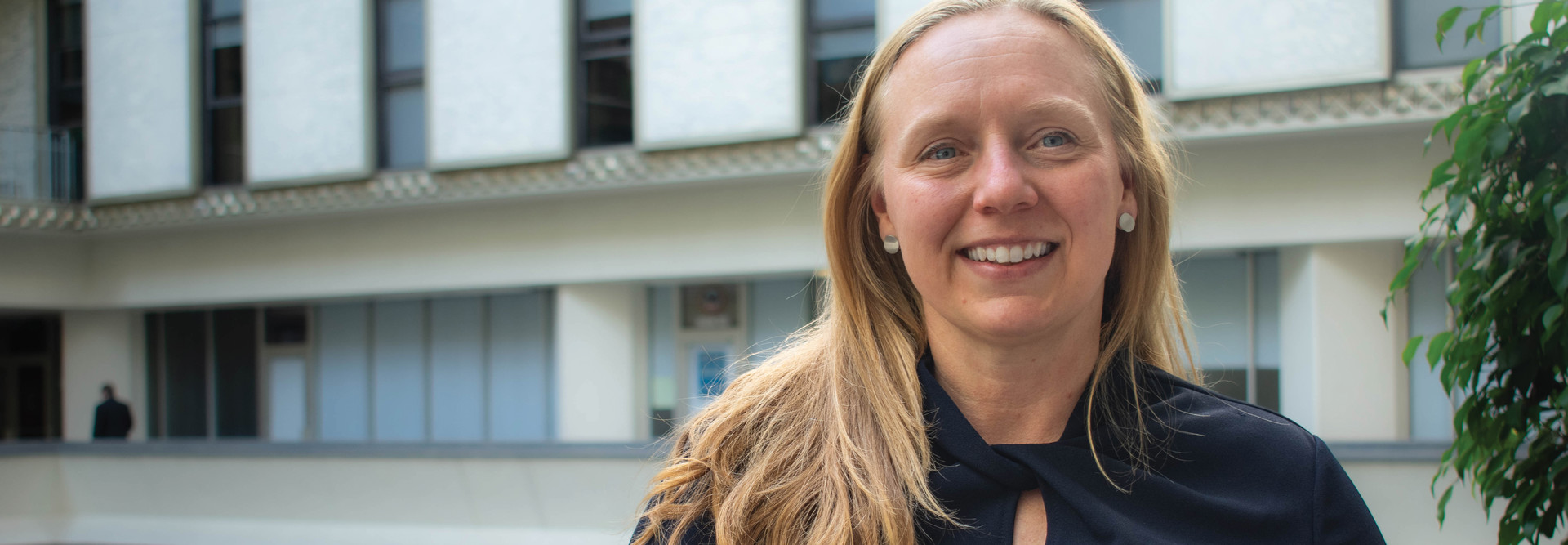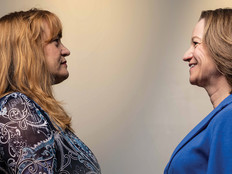With one of the most mobile civilian workforces in the federal government, the State Department reprovisions devices every time an employee transfers to a new post. The department’s 13,000 Foreign Service officers serve in 270 countries — including locations the department describes as “hardship posts” — and change duty stations every two or three years. To keep its employees online, State recently inaugurated its Tech for Life program, which ensures employees no longer have to leave their old devices behind and pick up new ones at the next location. State Department CIO Kelly Fletcher discussed the program with FedTech’s former managing editor, Elizabeth Neus.
FEDTECH: Describe the project and why it’s necessary.
FLETCHER: Tech for Life is a State Department initiative aligned with Secretary Antony Blinken’s modernization agenda. It’s focused on strengthening mobile IT service delivery to better meet our customers’ needs. Through this effort, the department allows workers to retain government-issued electronic devices as they move between posts or assignments. Previously, devices were associated with the post, not the employee. Employees would be issued new phones and laptops at each new duty station, turning them in prior to moving on to their next assignment, only to repeat the process at that station. This left staff disconnected from the department as they moved between assignments.
Tech for Life associates devices with the employee, not the post, and they remain with the employee for the entire three-year lifecycle of the device.
Click the banner below to begin modernizing your agency's digital experience.
FEDTECH: How has the program been deployed?
FLETCHER: We’re rolling out Tech for Life in a phased approach. In 2023, as part of a quasi-pilot program, we provisioned more than 1,000 devices.
Based on workforce feedback and the success of the program, we expanded the initiative. Beginning in December 2023, most of domestic offices within the department were offered the opportunity to leverage this new capability for new hires as part of the onboarding process.
New hires who participate are given a network account and issued a laptop prior to their entry-on-duty date, so they are equipped to begin work on their first day at the department. They will carry the device or devices with them as they move between assignments.
During the upcoming summer transfer season, we will begin issuing Tech for Life devices to foreign service personnel transferring through the Washington, D.C., area to their next duty station. Our goal is to have all personnel enrolled in Tech for Life by the end of fiscal 2025, though there will be limitations based on mission-specific requirements.
DIVE DEEPER: Third-party solutions help agencies seeking modernization guidance.
FEDTECH: How does device deployment work for devices that are not part of the Tech for Life pilots?
FLETCHER: Device deployment is handled the same way, regardless of whether an employee participates in the program; however, Tech for Life will streamline the process moving forward. All employees will continue to receive their devices through our IT service management process. What they do with those devices when it is time to change posts lies at the heart of the Tech for Life initiative: a customer-centric approach that prioritizes the needs of our workforce.
FEDTECH: How does the program benefit State Department workers?
FLETCHER: Tech For Life should make life easier and reduce administrative friction for employees transferring overseas or to a new domestic assignment.
For most department employees, technology should be an afterthought, something that is dependable and allows them to do their jobs. Diplomats change posts about every two years; issuing devices they will keep with them for the life of the device eases workforce burdens as they move between posts, and keeps them connected during their transition.
The Tech for Life program provides flexibility and supports a modern mobile workforce by accommodating remote and hybrid work scenarios, which makes helps recruitment and retention.
FEDTECH: How does it benefit the department from an IT perspective?
FLETCHER: Tech for Life provides continuity; employees keep devices with which they are already familiar. That minimizes technology-related learning curves, enables immediate operational proficiency at new assignments, and reduces downtime and overhead associated with provisioning new equipment.
2,000
The number of devices included in the original Tech for Life pilot
Source: meritalk.com, “MeriTalk Q&A: State Dept. CIO Dr. Kelly Fletcher on ‘Tech for Life’ Pilots,” Aug. 9, 2023
FEDTECH: Does this help State employees overcome any issues with local IT infrastructure?
FLETCHER: The State Department operates in vastly divergent environments, some more challenging than others. The department offers Tech for Life only where we have resources to do so; therefore, not all posts are eligible.
The experience of using Tech for Life devices depends on local IT infrastructure but, so far, the feedback has been generally positive on the ease of use, secure connectivity and the mobility Tech for Life offers.
EXPLORE: How to best navigate zero trust implementation.
FEDTECH: How does it affect cybersecurity?
FLETCHER: The State Department is one of the most attacked organizations in the world. We have a robust cybersecurity program, using encryption, secure VPN connections, multifactor authentication and other methods to mitigate network access by unauthorized users. We also provide continuous training and have cultivated a vigilant workforce in which protecting department assets is top of mind.












